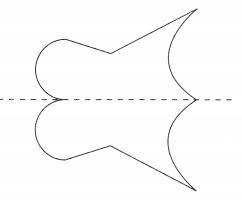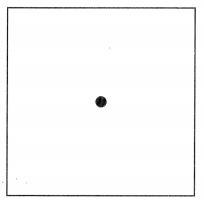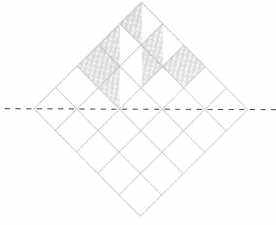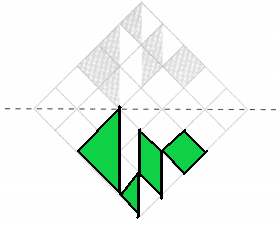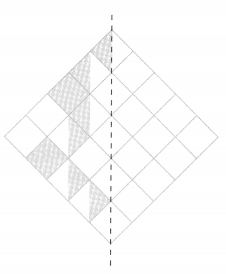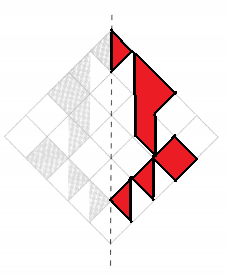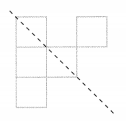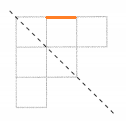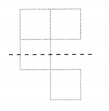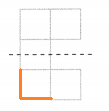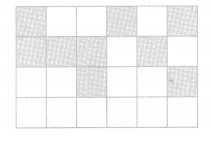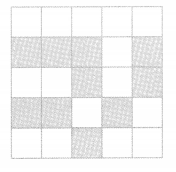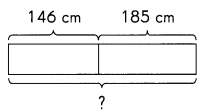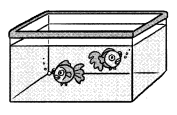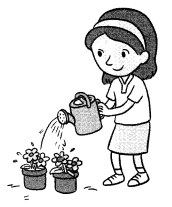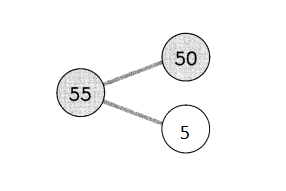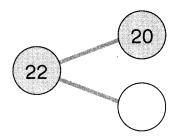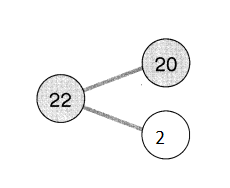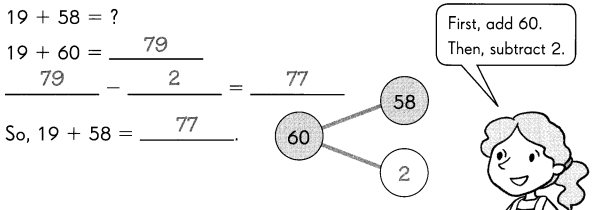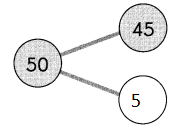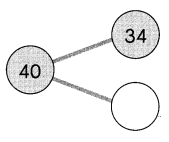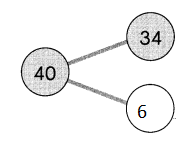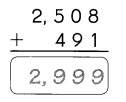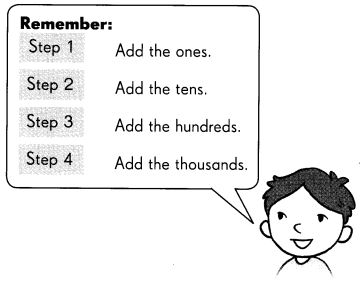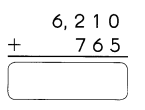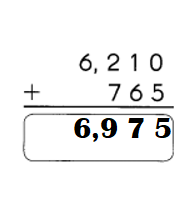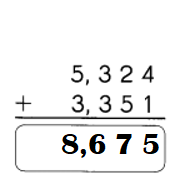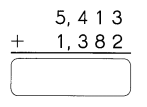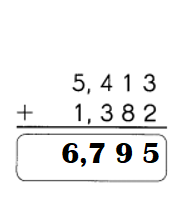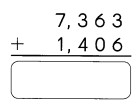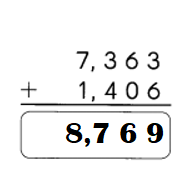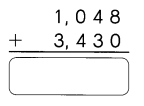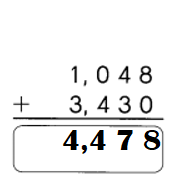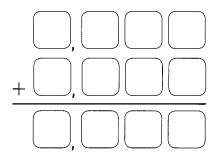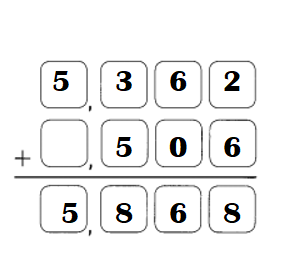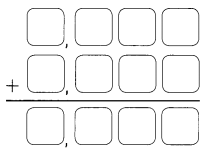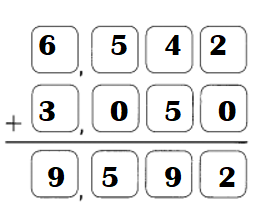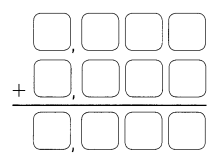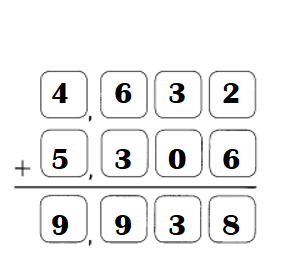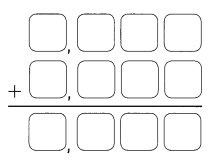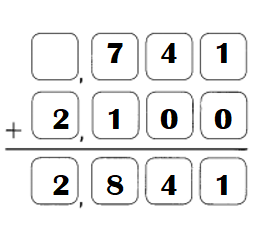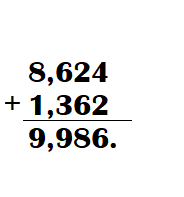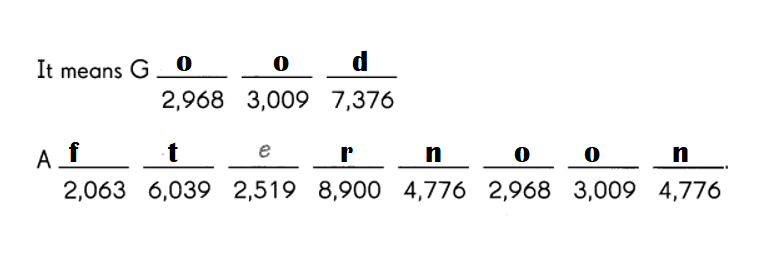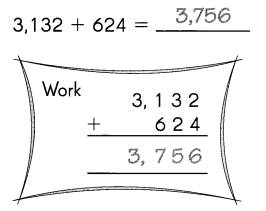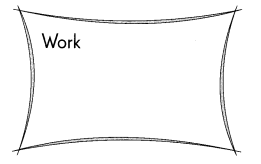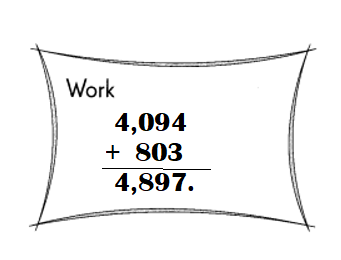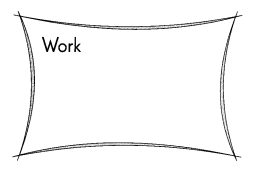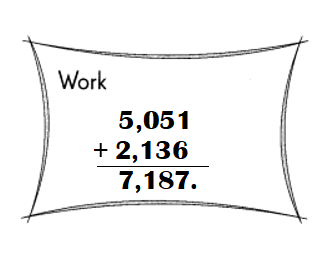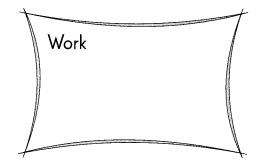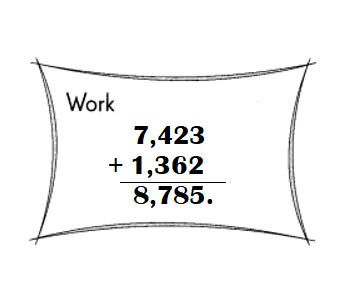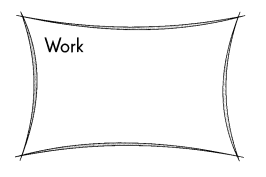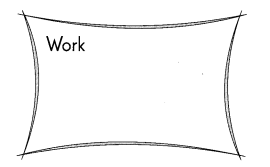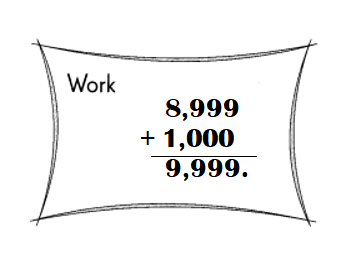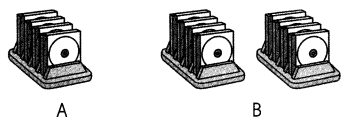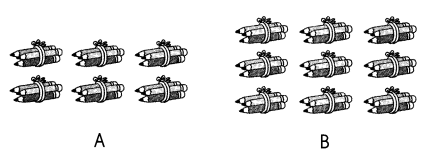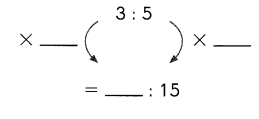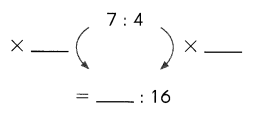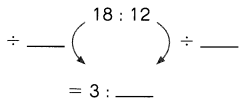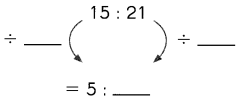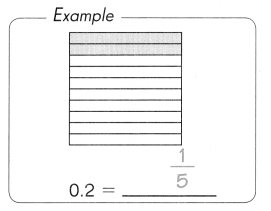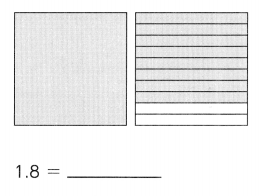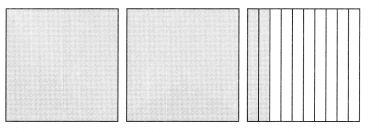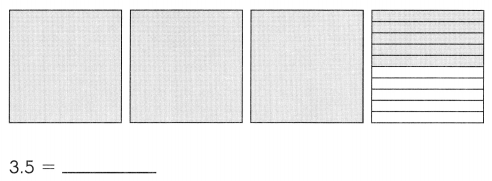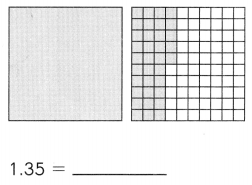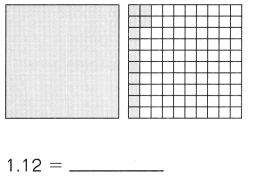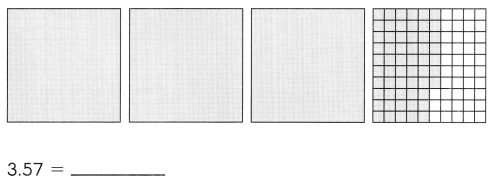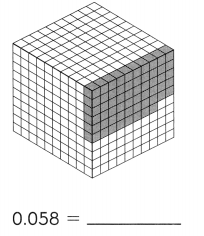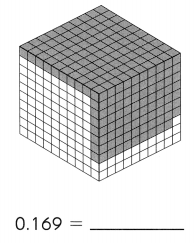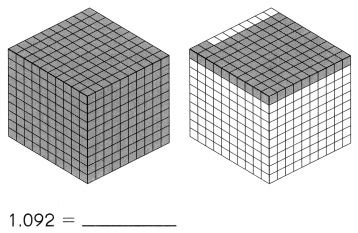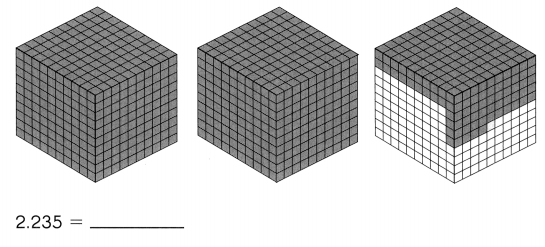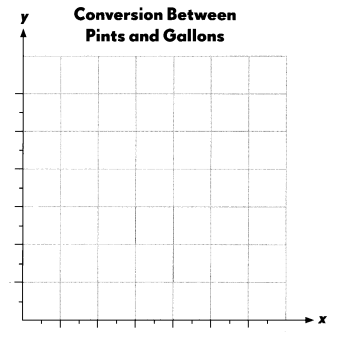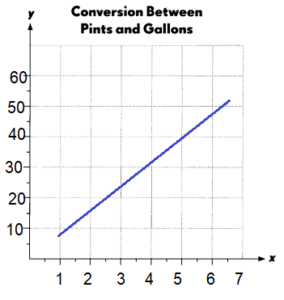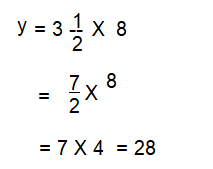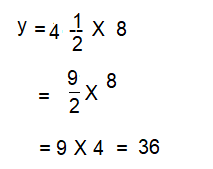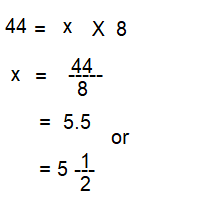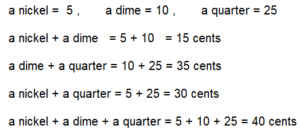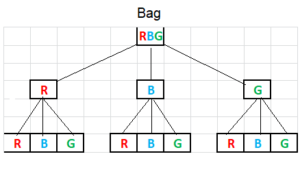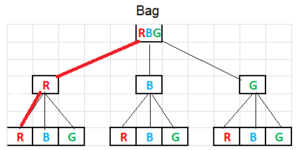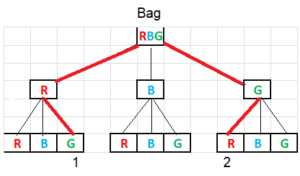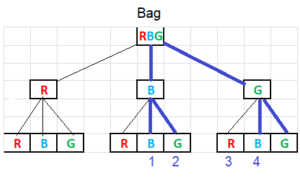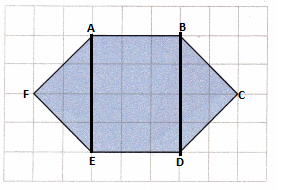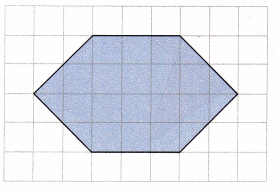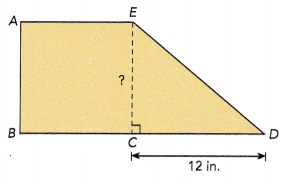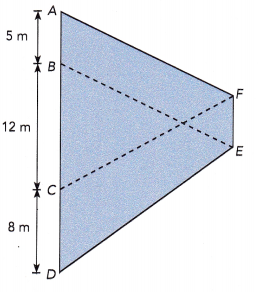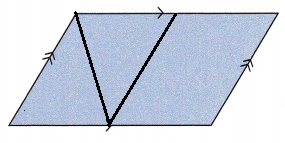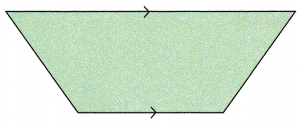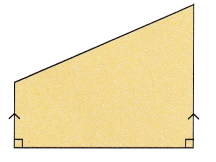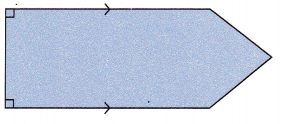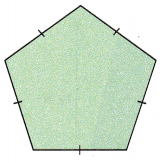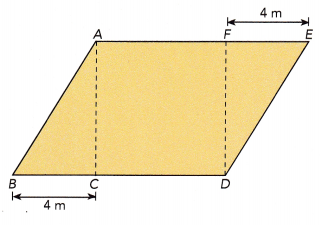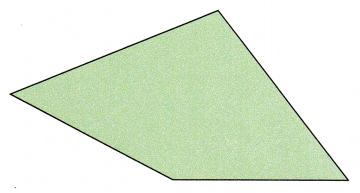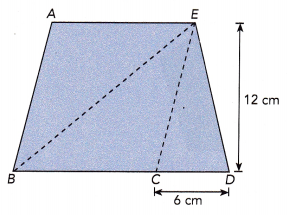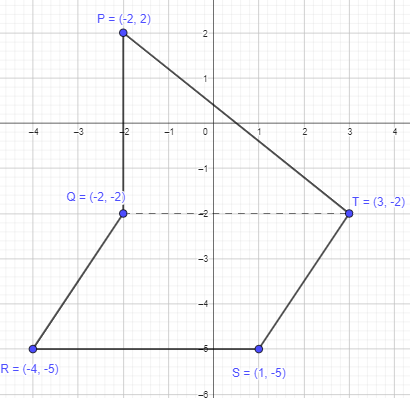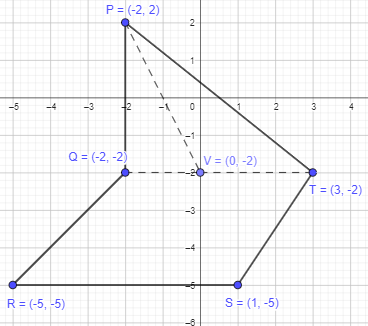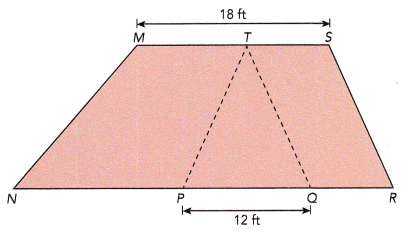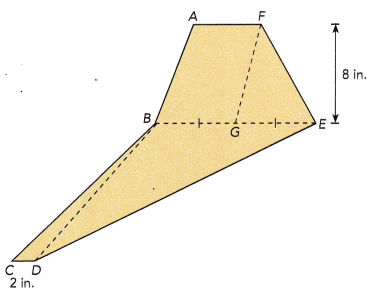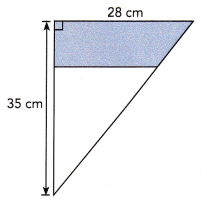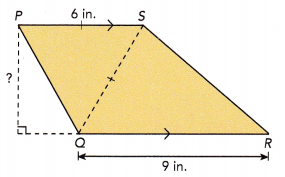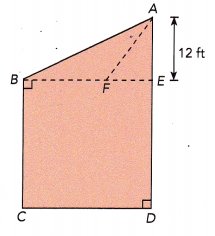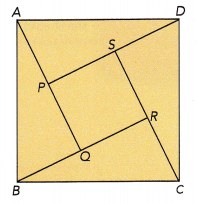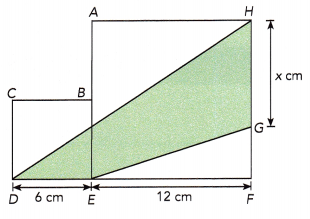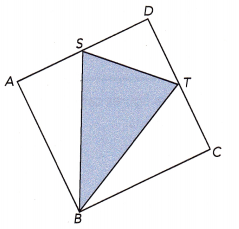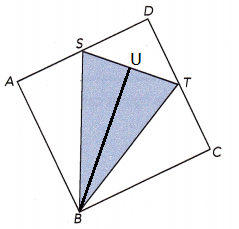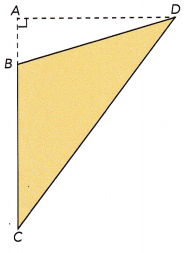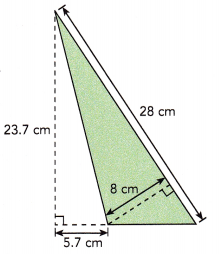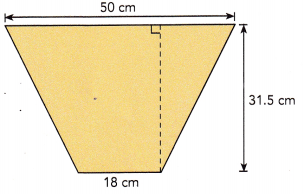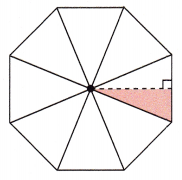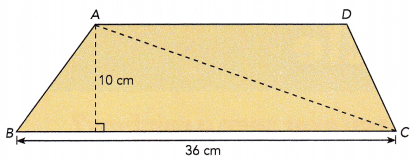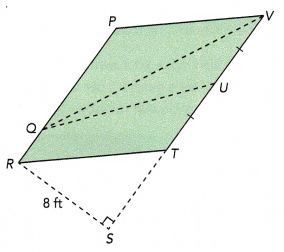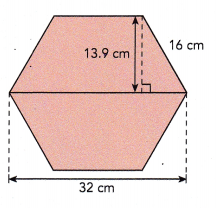Go through the Math in Focus Grade 3 Workbook Answer Key Chapter 4 Practice 3 Subtraction with Regrouping in Ones, Tens, Hundreds, and Thousands to finish your assignments.
Math in Focus Grade 3 Chapter 4 Practice 3 Answer Key Subtraction with Regrouping in Ones, Tens, Hundreds, and Thousands
Subtract. Fill in the blanks.
Question 1.
Example
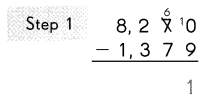
Subtract the ones.
9 ones cannot be subtracted from 0 ones.
So, regroup the tens and ones.
7 tens 0 ones
= __ tens ___ ones

Subtract the tens.
7 tens cannot be subtracted from 6 tens.
So, regroup the hundreds and tens.
2 hundreds 6 tens
= __ hundred ___ tens
Subtract the hundreds.

3 hundreds cannot be subtracted from
___ hundred.
So, regroup the thousands and hundreds.
8 thousands 1 hundred
= ___ thousands ___ hundreds

Subtract the thousands.
Answer:
8270 – 1379 = 6891.
Explanation:

Subtract the ones.
9 ones cannot be subtracted from 0 ones.
So, regroup the tens and ones.
7 tens 0 ones
= 6 tens 10 ones.

Subtract the tens.
7 tens cannot be subtracted from 6 tens.
So, regroup the hundreds and tens.
2 hundreds 6 tens
= 1 hundred 16 tens.
Subtract the hundreds.

3 hundreds cannot be subtracted from 2 hundred.
So, regroup the thousands and hundreds.
8 thousands 1 hundred
= 7 thousands 11 hundreds

Subtract the thousands.
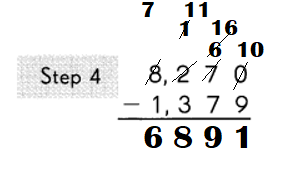
Subtract. Fill in the blanks.
Question 2.

Subtract the ones.
9 ones cannot be subtracted from 7 ones.
So, regroup the tens and ones.
5 tens 7 ones
= ___________ tens ___________ ones

Subtract the tens.
8 tens cannot be subtracted from ___________ tens.
So, regroup the hundreds and tens.
3 hundreds 4 tens
= __________ hundreds __________ tens

Subtract the hundreds.
7 hundreds cannot be subtracted from
___________ hundreds.
So, regroup the thousands and hundreds.
4 thousands 2 hundreds.
= ____ thousands __ hundreds

Subtract the thousands.
Answer:
4357 – 1789 = 2568.
Explanation:

Subtract the ones.
9 ones cannot be subtracted from 7 ones.
So, regroup the tens and ones.
5 tens 7 ones
= 4 tens 17 ones.

Subtract the tens.
8 tens cannot be subtracted from 4 tens.
So, regroup the hundreds and tens.
3 hundreds 4 tens
= 2 hundreds 14 tens.

Subtract the hundreds.
7 hundreds cannot be subtracted from
2 hundreds.
So, regroup the thousands and hundreds.
4 thousands 2 hundreds.
= 3 thousands 12 hundreds.
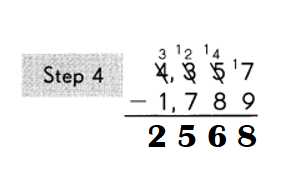
Subtract. Regroup when needed.
Question 3.

Answer:
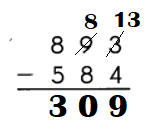
Explanation:
Step:1
Subtract the ones.
3 ones cannot be subtracted from 4 ones.
So, regroup the tens and ones.
9 tens 3 ones
= 8 tens 13 ones.
Step:2:
Subtract the tens.
Step:3
Subtract the hundreds.
Question 4.

Answer:
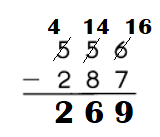
Explanation:
Step:1
Subtract the ones.
7 ones cannot be subtracted from 6 ones.
So, regroup the tens and ones.
5 tens 6 ones
= 4 tens 16 ones.
Step:2:
Subtract the tens.
4 tens cannot be subtracted from 8 tens.
So, regroup the hundreds and tens.
5 hundreds 4 tens
= 4 hundreds 14 tens.
Step:3
Subtract the hundreds.
Question 5.

Answer:
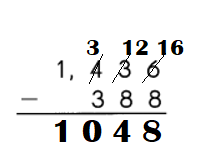
Explanation:
Step:1
Subtract the ones.
8 ones cannot be subtracted from 6 ones.
So, regroup the tens and ones.
3 tens 6 ones
= 2 tens 16 ones.
Step:2:
Subtract the tens.
8 tens cannot be subtracted from 2 tens.
So, regroup the hundreds and tens.
4 hundreds 2 tens
= 3 hundreds 12 tens.
Step:3
Subtract the hundreds.
Question 6.

Answer:
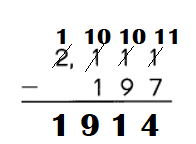
Explanation:
Step:1
Subtract the ones.
7 ones cannot be subtracted from 1 ones.
So, regroup the tens and ones.
1 tens 1 ones
= 10 tens 11 ones.
Step:2:
Subtract the tens.
9 tens cannot be subtracted from 0 tens.
So, regroup the hundreds and tens.
1 hundreds 0 tens
= 0 hundreds 10 tens.
Step:3
Subtract the hundreds.
1 hundreds cannot be subtracted from
0 hundreds.
So, regroup the thousands and hundreds.
2 thousands 0 hundreds.
= 1 thousands 10 hundreds.
Step:4
Subtract the thousands.
Question 7.

Answer:
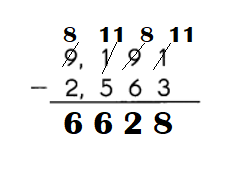
Explanation:
Step:1
Subtract the ones.
3 ones cannot be subtracted from 1 ones.
So, regroup the tens and ones.
9 tens 1 ones
= 8 tens 11 ones.
Step:2:
Subtract the tens.
Step:3
Subtract the hundreds.
5 hundreds cannot be subtracted from 1 hundreds.
So, regroup the thousands and hundreds.
9 thousands 1 hundreds.
= 8 thousands 11 hundreds.
Step:4
Subtract the thousands.
Question 8.

Answer:
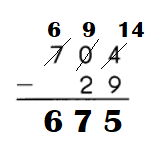
Explanation:
Step:1
Subtract the ones.
9 ones cannot be subtracted from 4 ones.
So, regroup the tens and ones.
0 tens 4 ones
= tens 14 ones.
Step:2:
Subtract the tens.
2 tens cannot be subtracted from 0 tens.
So, regroup the hundreds and tens.
7 hundreds 0 tens
= 6 hundreds 9 tens.
Step:3
Subtract the hundreds.
Question 9.
Color the answers from above to find the path to the present.
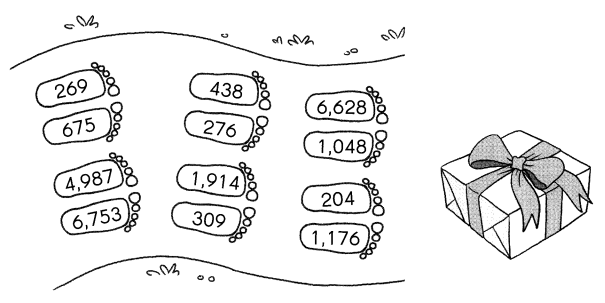
Answer:
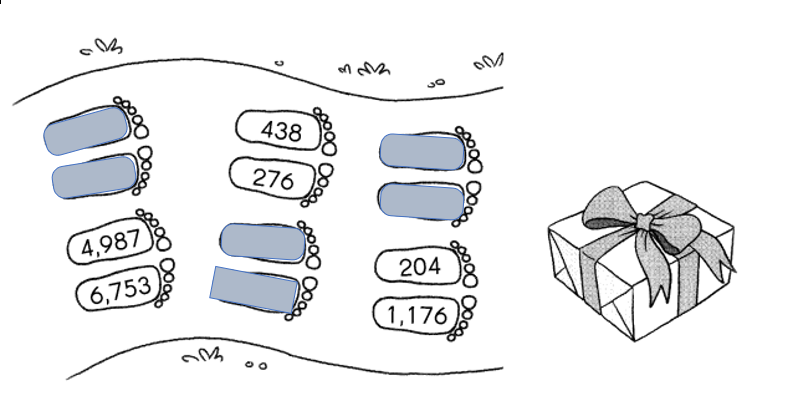
Explanation:
8270 – 1379 = 6891.
4357 – 1789 = 2568.






Subtract. Regroup when needed.
Example
3,852 – 1,621 = 2,231 
Question 10.
7,162 – 5,002 = ___ 
Answer:
7,162 – 5,002 = 2160. 
Explanation:
7,162 – 5,002 = 2160.
Question 11.
7,156 – 43 = ___ 
Answer:
7,156 – 43 = 7113. 
Explanation:
7,156 – 43 = 7113.
Question 12.
3,696 – 2,475 = ___ 
Answer:
3,696 – 2,475 = 1221. 
Explanation:
3,696 – 2,475 = 1221.
Question 13.
7,342 – 2,502 = ___ 
Answer:
7,342 – 2,502 = 4840. 
Explanation:
7,342 – 2,502 = 4840.
Question 14.
8,513 – 566 = ___ 
Answer:
8,513 – 566 = 7947. 
Explanation:
8,513 – 566 = 7947.
Question 15.
6,707 – 1,125 = ___ 
Answer:
6,707 – 1,125 = 5582. 
Explanation:
6,707 – 1,125 = 5582.
Question 16.
2,152 – 1,648 = ___ 
Answer:
2,152 – 1,648 = 504. 
Explanation:
2,152 – 1,648 = 504.
Question 17.
5,261 – 85 = ___ 
Answer:
5,261 – 85 = 5176. 
Explanation:
5,261 – 85 = 5176.
Question 18.
9,133 – 7,269 = ___ 
Answer:
9,133 – 7,269 = 1864. 
Explanation:
9,133 – 7,269 = 1864.
Question 19.
3,087 – 1,779 = ___ 
Answer:
3,087 – 1,779 = 1308. 
Explanation:
3,087 – 1,779 = 1308.
Question 20.
7,965 – 978 = ___ 
Answer:
7,965 – 978 = 6987. 
Explanation:
7,965 – 978 = 6987.
Write the corresponding letters from Exercise 11 to 20 to find the name of this national treasure.
Question 21.
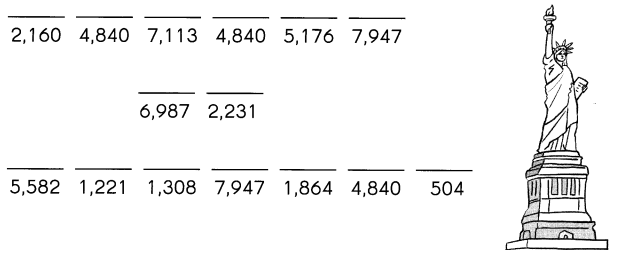
Answer:

Explanation:
3,852 – 1,621 = 2,231 
7,162 – 5,002 = 2160. 
7,156 – 43 = 7113. 
3,696 – 2,475 = 1221. 
7,342 – 2,502 = 4840. 
8,513 – 566 = 7947. 
6,707 – 1,125 = 5582. 
2,152 – 1,648 = 504. 
5,261 – 85 = 5176. 
9,133 – 7,269 = 1864. 
3,087 – 1,779 = 1308. 
7,965 – 978 = 6987. 
Question 22.
Where is this national treasure located?
____ __________
Answer:
New York, USA is this national treasure located.
Explanation:
This national treasure is located in New York, USA.
